A cut above: Dominion Sculptor Phil White reflects on 15 years as Parliament’s chief carver

There’s no other job like it. You’d have to go back to the 1400s, to the generations of stonemasons who constructed Europe’s Gothic cathedrals over decades, to find anything comparable to the role of Canada’s Dominion Sculptor.
Phil White, the fifth person to hold the title, is the modern-day equivalent of a medieval master mason, a combination of head sculptor, stonemason, designer and conservator.
As Parliament’s official carver, he’s made his mark not only on Centre Block but also on the recently refurbished West Block and the modernized Senate of Canada Building. His main project now is putting the finishing touches on a remarkable career.
After 15 hard but rewarding years, Mr. White has decided to hang up his hammer and chisel. SenCAplus spoke with him about his upcoming retirement, the part he’s played in shaping Canada’s Parliament Buildings and the legacy he’ll hand down to the next Dominion Sculptor.
Why does Canada have a Dominion Sculptor?
The parliamentary sculpture program dates back to the original idea that Centre Block’s chief architect, John A. Pearson, had in 1916 of leaving thousands of uncarved blocks throughout the building to be shaped by future generations of sculptors. His intention was that both the style and the content of the carving would evolve as they documented the unfolding history and culture of Canada and Canadians.
There really isn’t anything like it anywhere else in the world.
Who has influenced you artistically the most?
I learned a lot from my mother’s friend, Betty Grey, an artist and teacher in Peterborough where I grew up. I studied with her every Saturday morning at the YWCA, from the age of eight until I was 12.
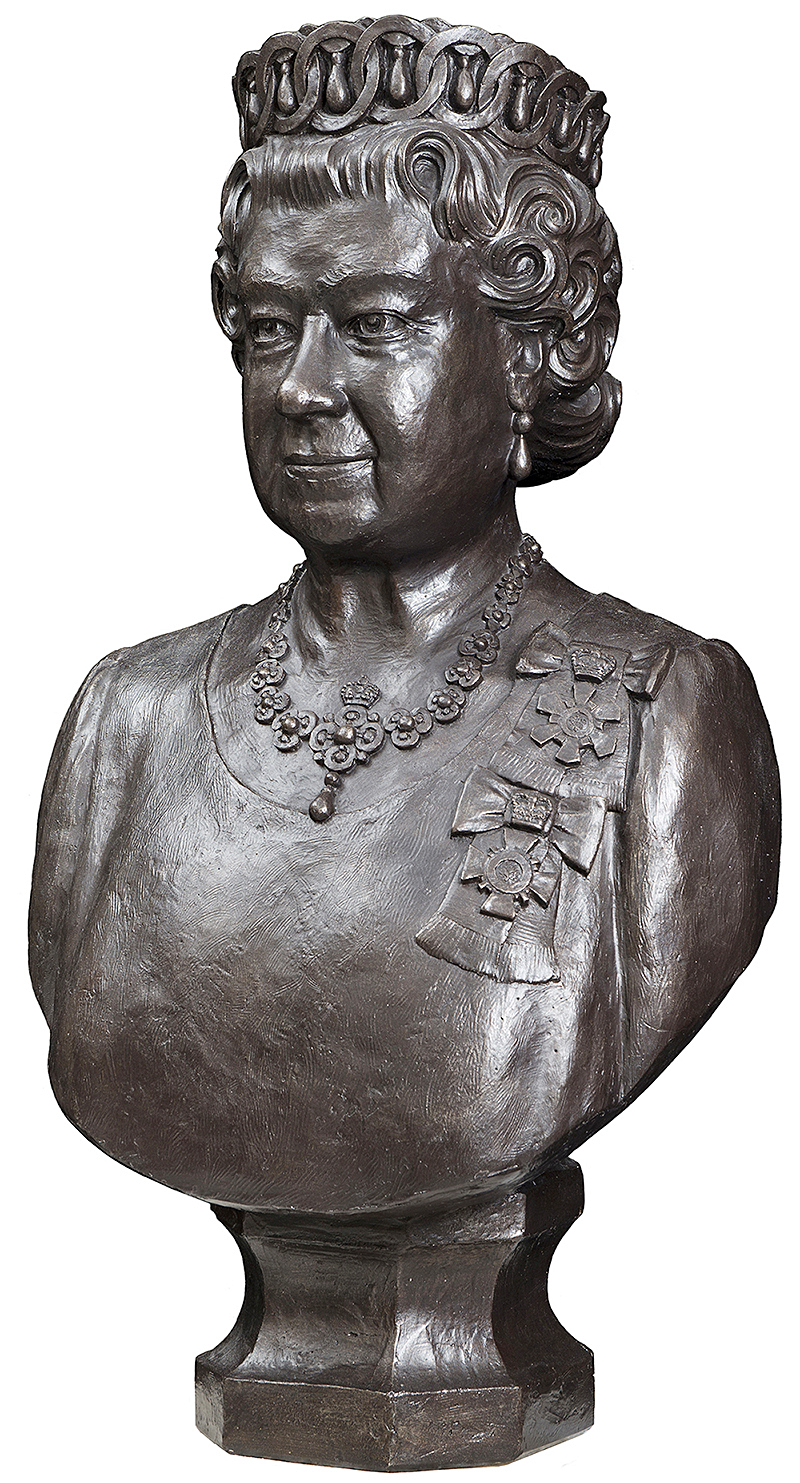
She would bring us along to help her work on theatre sets for the local theatre guild. It might sound odd but set decoration — creating designs that are meant to be seen from a distance — captures a lot of what architectural sculpture is about. You’re using light and shadow, taking the angle of light into consideration and over-emphasizing details to make them stand out from a distance.
At that time, my family used to make regular trips to B.C. to visit relatives and it was there I became interested in Northwest Coast art. I really loved its flowing lines and the simplicity of its forms, particularly in the work of Haida artist Bill Reid. You see some of his pieces depicted on the back of the old $20 bill. I’ve always been intrigued by the way he balances positive and negative spaces.
How did you find out about the parliamentary sculpture program?
I was selling my work through the Whetung Gallery near Peterborough when I was 17. Their star sculptor was a fellow by the name of Joe Jacobs who had just landed a commission to do a big carving in Indiana Limestone for the Parliament Buildings. Joe told me about this ongoing sculpture program in Ottawa and that his carving was going to be installed in the members’ entrance in the House of Commons. That sparked my interest.
I saw the program first-hand when I was in the art conservation program at Fleming College in Peterborough. We made a trip to Ottawa in the 1980s where we visited the old Public Works carving shop at Plouffe Park. I met Maurice Joanisse there. He later succeeded Eleanor Milne as Dominion Sculptor and actually stuck around to assist me for a couple of years after I took on the role. I didn’t realize it at the time, but it was a prophetic meeting.
Which of your pieces are you proudest of?
The seven altars I designed in 2012 to hold the Books of Remembrance in the Peace Tower’s Memorial Chamber are, I think, personally, the most important pieces I’ve done.
The Memorial Chamber is a very solemn place. We wanted to honour the casualties of all the major conflicts Canadians have fought in — including the Second World War, the Korean War, the Boer War and the War of 1812 — and pay them the same respect the original central altar paid to those we lost in the First World War.
It’s particularly special to me because I have relatives who were mentioned in the First World War book and my mother and father were veterans of the Second World War, so I felt it was very important to get it right.
Which commission did you most enjoy working on?

The work that I did for the Senate of Canada Building was creatively gratifying and incredibly rewarding.
The Senate was an absolute joy to work with. They gave me a tremendous amount of artistic freedom. The provincial and territorial coats of arms, the Arms of Canada above the Speaker’s dais, the Thrones of Canada — I was always given the impression that quality was more important than schedule.
You met Queen Elizabeth in 2010, the year you were working on four projects for her upcoming Diamond Jubilee in 2012. What was that like?
I remember it vividly. It was June 2010. I was supposed to meet the Queen at a ceremony at Rideau Hall, the governor general’s residence, where she and I would unveil a plaster model of the stone portrait of her that now stands in the Centre Block Senate foyer.
Everyone —including an entire row of cameras and telephoto lenses — was in their place along a wall or in one corner of the room or another, except me. I was standing dead centre, sticking out like a sore thumb, with this plaster sculpture on a table with a velvet cover over it.
My wife was watching all this on TV, including me standing for the longest time with my right hand on my left sleeve, constantly rubbing it.
The Queen arrived and eventually circled around to me. She stopped and chatted for a while about the sculpture. She was quite pleased with it and asked about the materials and where it was going to go. After the stress of waiting, it was an extremely pleasant exchange.
When I got home, my wife asked me, “Why were you rubbing your sleeve like that.” I said, “Because I was sweating like a pig. I kept wiping the sweat off my hand. I didn’t want to present a wet dishrag to the Queen to shake.”
Is the parliamentary sculpture program on solid foundations?
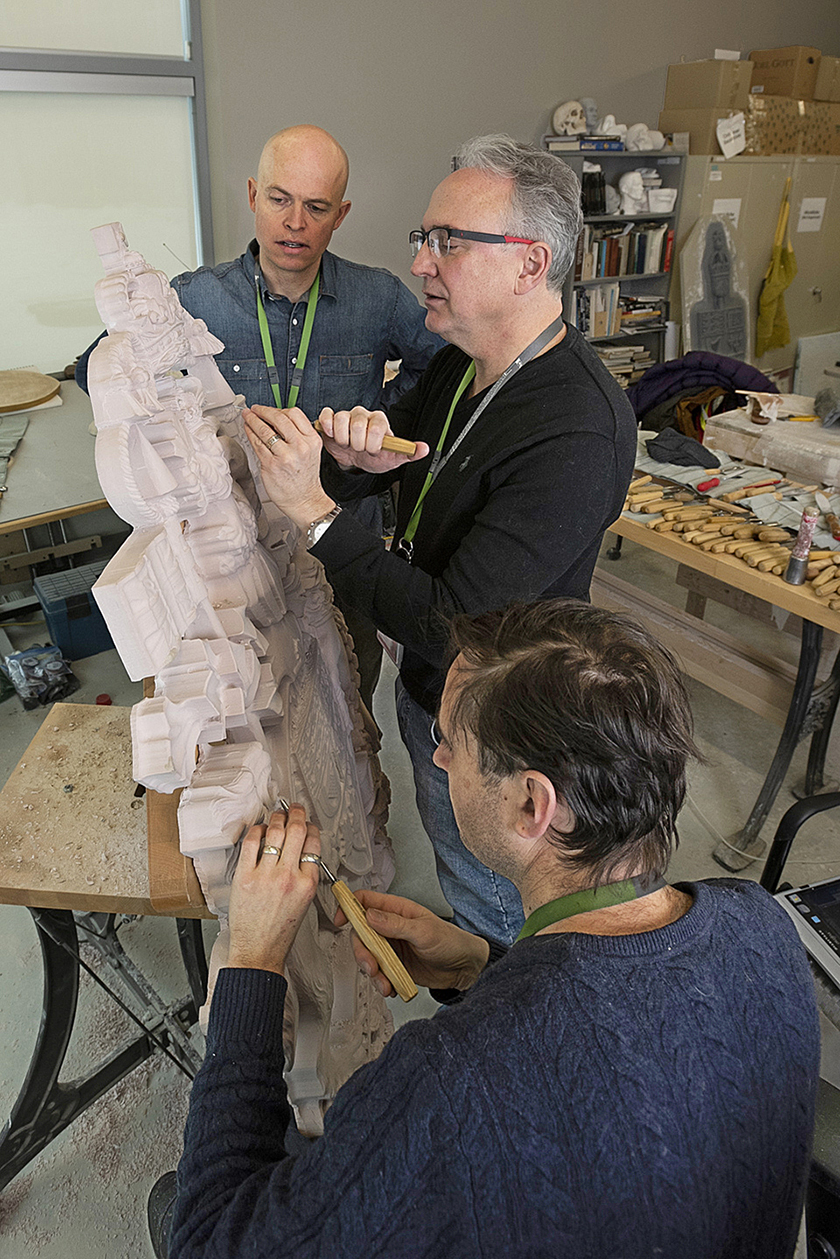
Yes, I think I can confidently say it’s on solid foundations, probably more so than it has been in decades. I’d also say we’re continuing to pour and reinforce that foundation. That “we” includes two assistants I took on three years ago, John-Philippe Smith and Nicholas Thompson.
Philippe trained as a stonemason and went on to specialize in stone sculpture in Paris. He’s done custom stonework for dozens of heritage homes in and around Ottawa and was most recently responsible for the replacement carvings on West Block.
Nick has a master’s degree in urban planning from McGill and a degree from Cambridge University in heritage-building conservation. He’s a graduate of the architectural stone-carving program at City and Guilds Art School in London, a very prestigious program.
They’re both quite brilliant carvers.
Why did you decide to retire now?
A lot of things contributed to the decision. For one thing, this year I’m eligible to retire and collect a pension without penalty.
And, of course, there’s COVID. The pandemic gave me lots of time to think. It’s not the work situation; it’s more a matter of trying to keep everyone in my family out of the fray, off the buses and safe. Retiring now will make that a little easier.
How do you plan to spend your retirement?
It might surprise you, but I plan to do a lot of carving.
I have an inventory of 30 years’ worth of ideas in my head, dating back to the beginning of my career in Ottawa. I plan on doing projects I’ve wanted to do for years, without having any prescribed themes or oversights or schedules — just things I haven’t had time to tackle.
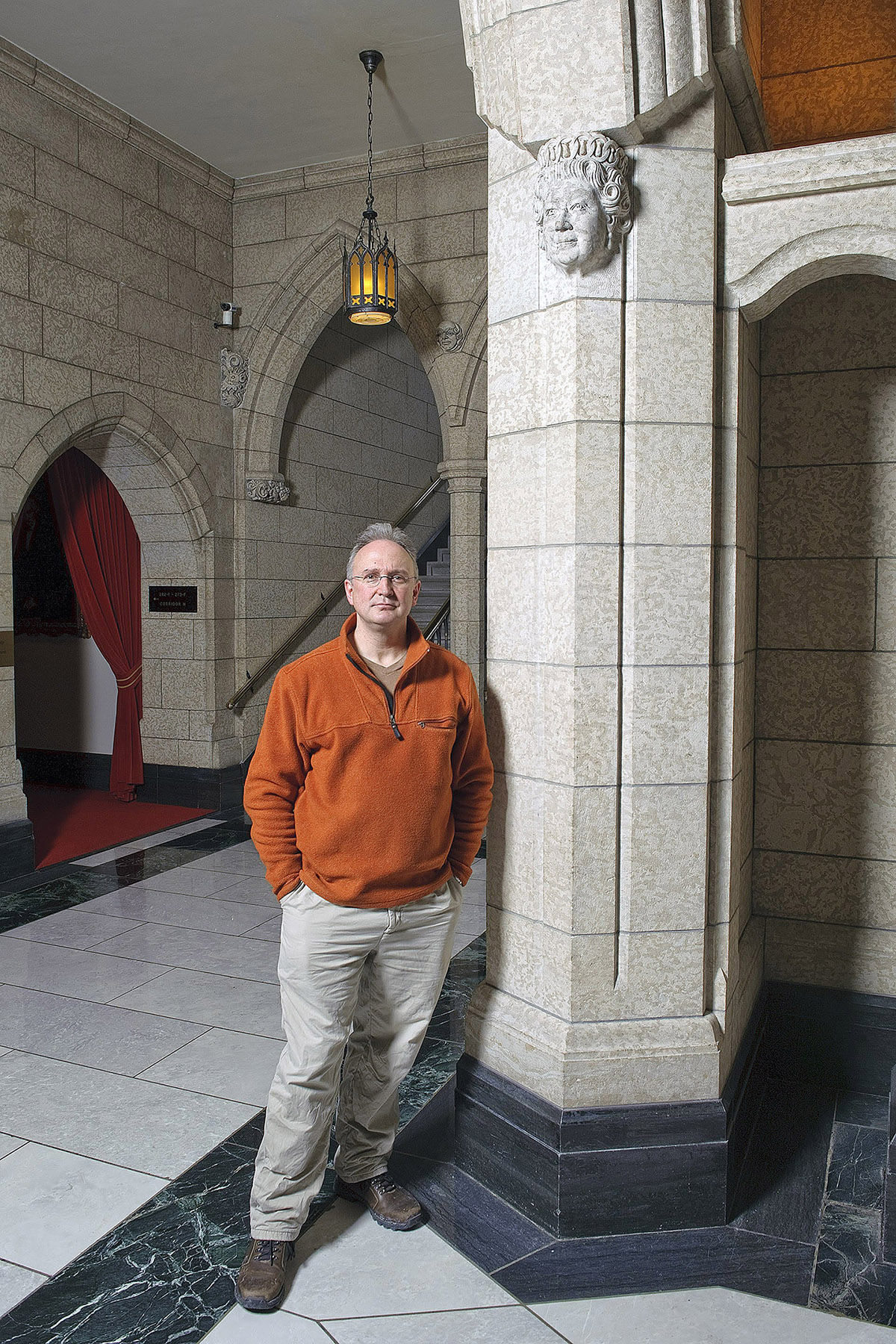
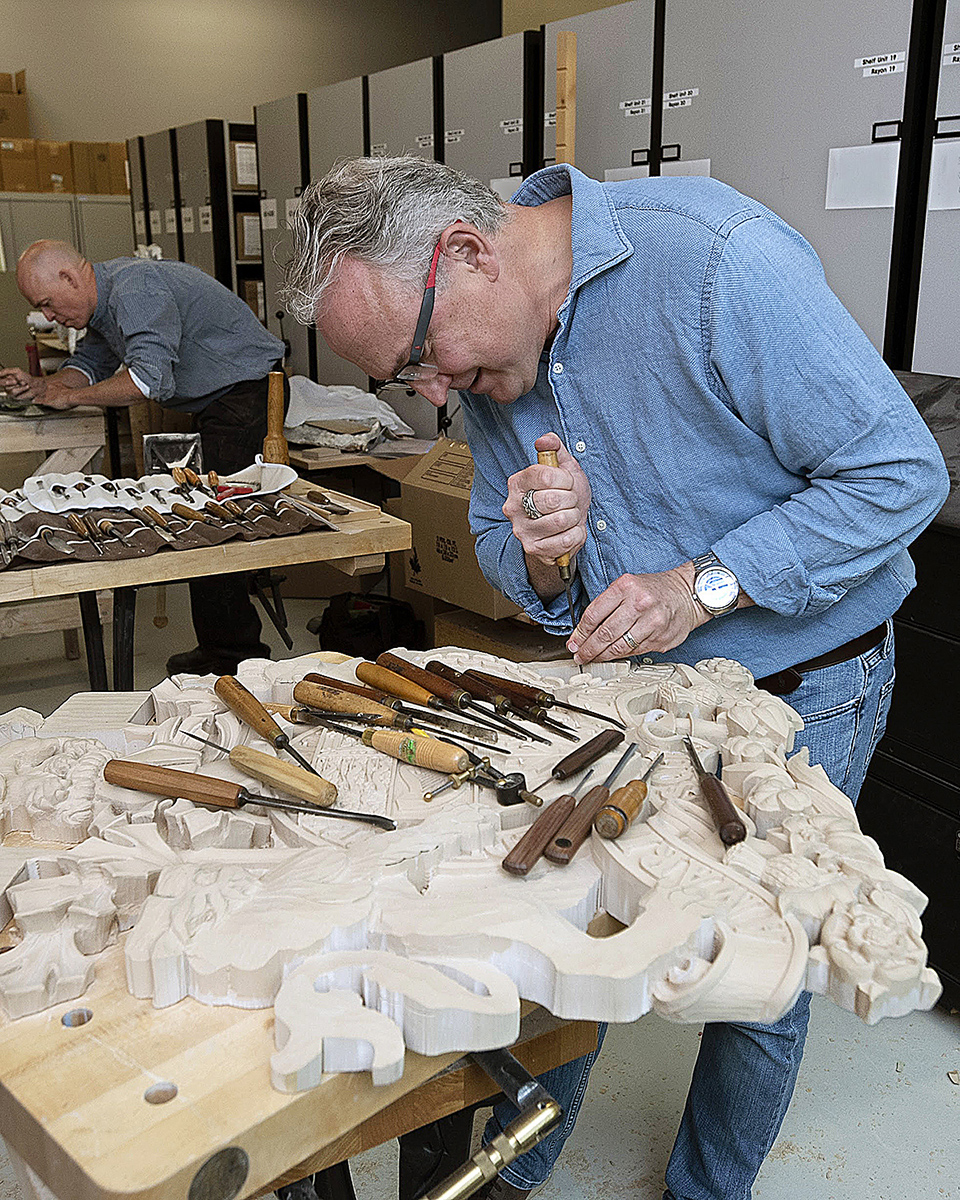
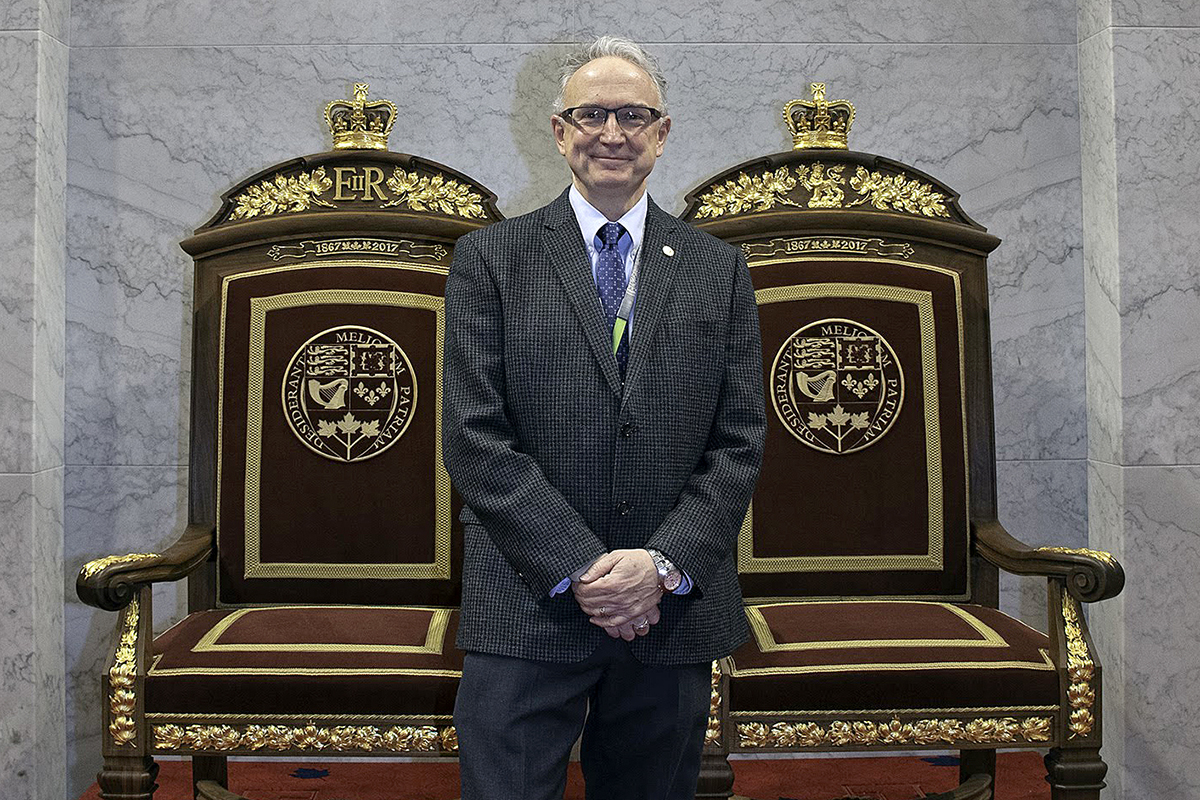
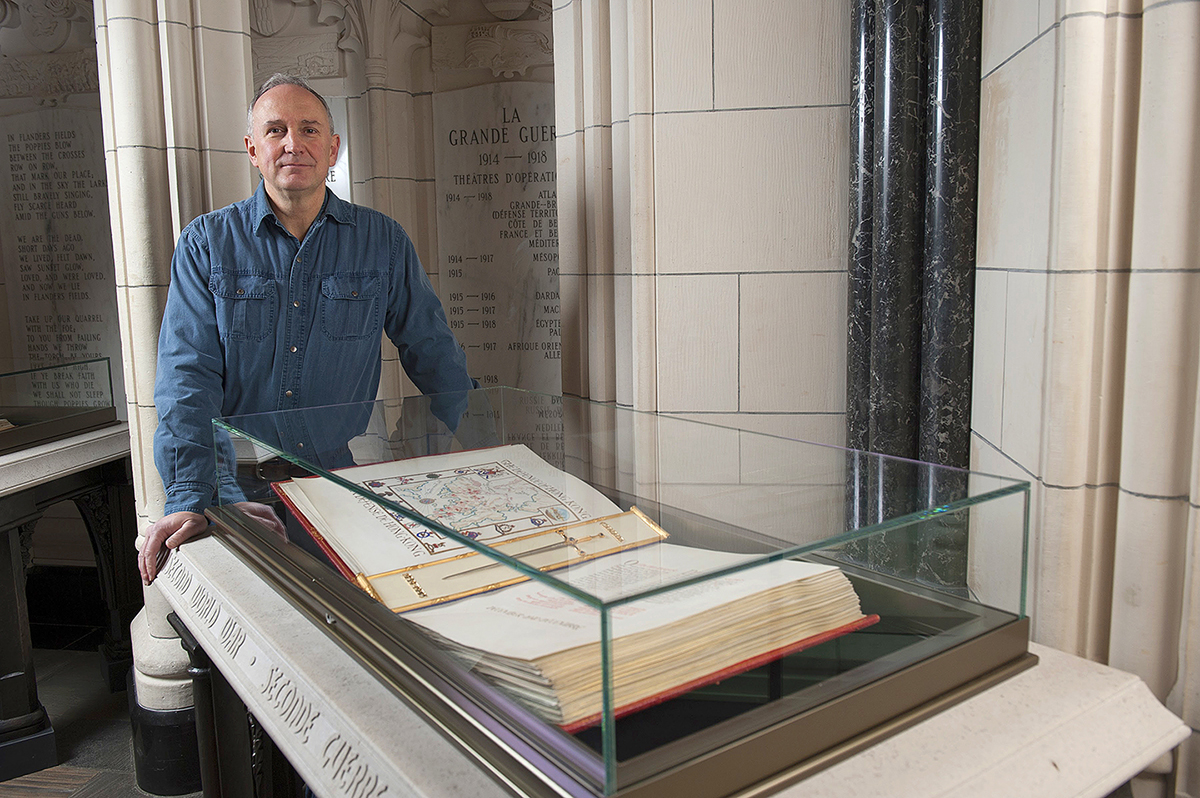

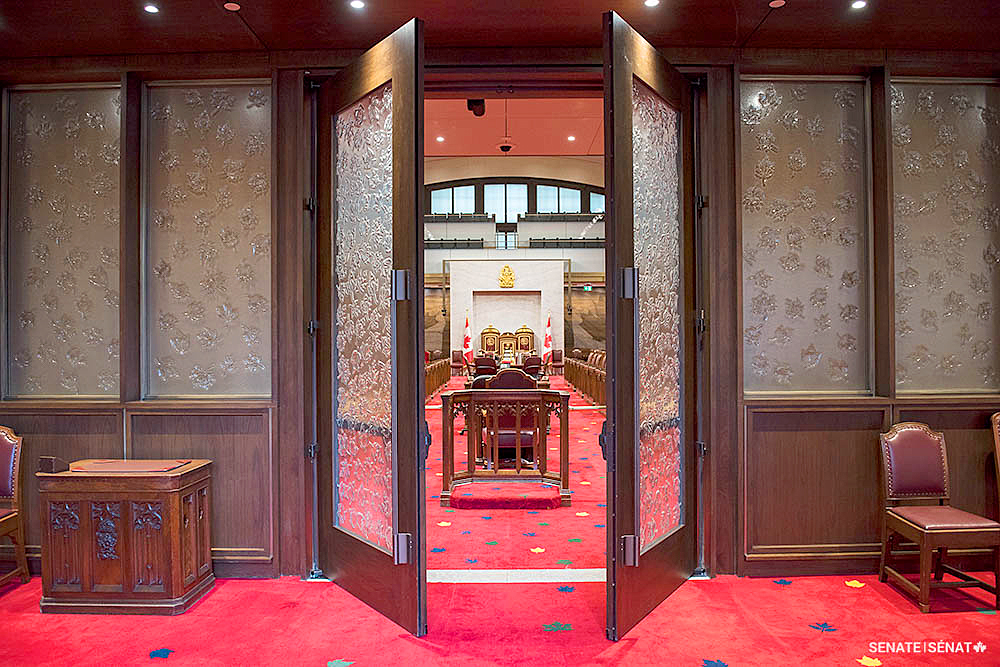
Related articles
Tags
Committee news
A cut above: Dominion Sculptor Phil White reflects on 15 years as Parliament’s chief carver

There’s no other job like it. You’d have to go back to the 1400s, to the generations of stonemasons who constructed Europe’s Gothic cathedrals over decades, to find anything comparable to the role of Canada’s Dominion Sculptor.
Phil White, the fifth person to hold the title, is the modern-day equivalent of a medieval master mason, a combination of head sculptor, stonemason, designer and conservator.
As Parliament’s official carver, he’s made his mark not only on Centre Block but also on the recently refurbished West Block and the modernized Senate of Canada Building. His main project now is putting the finishing touches on a remarkable career.
After 15 hard but rewarding years, Mr. White has decided to hang up his hammer and chisel. SenCAplus spoke with him about his upcoming retirement, the part he’s played in shaping Canada’s Parliament Buildings and the legacy he’ll hand down to the next Dominion Sculptor.
Why does Canada have a Dominion Sculptor?
The parliamentary sculpture program dates back to the original idea that Centre Block’s chief architect, John A. Pearson, had in 1916 of leaving thousands of uncarved blocks throughout the building to be shaped by future generations of sculptors. His intention was that both the style and the content of the carving would evolve as they documented the unfolding history and culture of Canada and Canadians.
There really isn’t anything like it anywhere else in the world.
Who has influenced you artistically the most?
I learned a lot from my mother’s friend, Betty Grey, an artist and teacher in Peterborough where I grew up. I studied with her every Saturday morning at the YWCA, from the age of eight until I was 12.

She would bring us along to help her work on theatre sets for the local theatre guild. It might sound odd but set decoration — creating designs that are meant to be seen from a distance — captures a lot of what architectural sculpture is about. You’re using light and shadow, taking the angle of light into consideration and over-emphasizing details to make them stand out from a distance.
At that time, my family used to make regular trips to B.C. to visit relatives and it was there I became interested in Northwest Coast art. I really loved its flowing lines and the simplicity of its forms, particularly in the work of Haida artist Bill Reid. You see some of his pieces depicted on the back of the old $20 bill. I’ve always been intrigued by the way he balances positive and negative spaces.
How did you find out about the parliamentary sculpture program?
I was selling my work through the Whetung Gallery near Peterborough when I was 17. Their star sculptor was a fellow by the name of Joe Jacobs who had just landed a commission to do a big carving in Indiana Limestone for the Parliament Buildings. Joe told me about this ongoing sculpture program in Ottawa and that his carving was going to be installed in the members’ entrance in the House of Commons. That sparked my interest.
I saw the program first-hand when I was in the art conservation program at Fleming College in Peterborough. We made a trip to Ottawa in the 1980s where we visited the old Public Works carving shop at Plouffe Park. I met Maurice Joanisse there. He later succeeded Eleanor Milne as Dominion Sculptor and actually stuck around to assist me for a couple of years after I took on the role. I didn’t realize it at the time, but it was a prophetic meeting.
Which of your pieces are you proudest of?
The seven altars I designed in 2012 to hold the Books of Remembrance in the Peace Tower’s Memorial Chamber are, I think, personally, the most important pieces I’ve done.
The Memorial Chamber is a very solemn place. We wanted to honour the casualties of all the major conflicts Canadians have fought in — including the Second World War, the Korean War, the Boer War and the War of 1812 — and pay them the same respect the original central altar paid to those we lost in the First World War.
It’s particularly special to me because I have relatives who were mentioned in the First World War book and my mother and father were veterans of the Second World War, so I felt it was very important to get it right.
Which commission did you most enjoy working on?

The work that I did for the Senate of Canada Building was creatively gratifying and incredibly rewarding.
The Senate was an absolute joy to work with. They gave me a tremendous amount of artistic freedom. The provincial and territorial coats of arms, the Arms of Canada above the Speaker’s dais, the Thrones of Canada — I was always given the impression that quality was more important than schedule.
You met Queen Elizabeth in 2010, the year you were working on four projects for her upcoming Diamond Jubilee in 2012. What was that like?
I remember it vividly. It was June 2010. I was supposed to meet the Queen at a ceremony at Rideau Hall, the governor general’s residence, where she and I would unveil a plaster model of the stone portrait of her that now stands in the Centre Block Senate foyer.
Everyone —including an entire row of cameras and telephoto lenses — was in their place along a wall or in one corner of the room or another, except me. I was standing dead centre, sticking out like a sore thumb, with this plaster sculpture on a table with a velvet cover over it.
My wife was watching all this on TV, including me standing for the longest time with my right hand on my left sleeve, constantly rubbing it.
The Queen arrived and eventually circled around to me. She stopped and chatted for a while about the sculpture. She was quite pleased with it and asked about the materials and where it was going to go. After the stress of waiting, it was an extremely pleasant exchange.
When I got home, my wife asked me, “Why were you rubbing your sleeve like that.” I said, “Because I was sweating like a pig. I kept wiping the sweat off my hand. I didn’t want to present a wet dishrag to the Queen to shake.”
Is the parliamentary sculpture program on solid foundations?

Yes, I think I can confidently say it’s on solid foundations, probably more so than it has been in decades. I’d also say we’re continuing to pour and reinforce that foundation. That “we” includes two assistants I took on three years ago, John-Philippe Smith and Nicholas Thompson.
Philippe trained as a stonemason and went on to specialize in stone sculpture in Paris. He’s done custom stonework for dozens of heritage homes in and around Ottawa and was most recently responsible for the replacement carvings on West Block.
Nick has a master’s degree in urban planning from McGill and a degree from Cambridge University in heritage-building conservation. He’s a graduate of the architectural stone-carving program at City and Guilds Art School in London, a very prestigious program.
They’re both quite brilliant carvers.
Why did you decide to retire now?
A lot of things contributed to the decision. For one thing, this year I’m eligible to retire and collect a pension without penalty.
And, of course, there’s COVID. The pandemic gave me lots of time to think. It’s not the work situation; it’s more a matter of trying to keep everyone in my family out of the fray, off the buses and safe. Retiring now will make that a little easier.
How do you plan to spend your retirement?
It might surprise you, but I plan to do a lot of carving.
I have an inventory of 30 years’ worth of ideas in my head, dating back to the beginning of my career in Ottawa. I plan on doing projects I’ve wanted to do for years, without having any prescribed themes or oversights or schedules — just things I haven’t had time to tackle.








